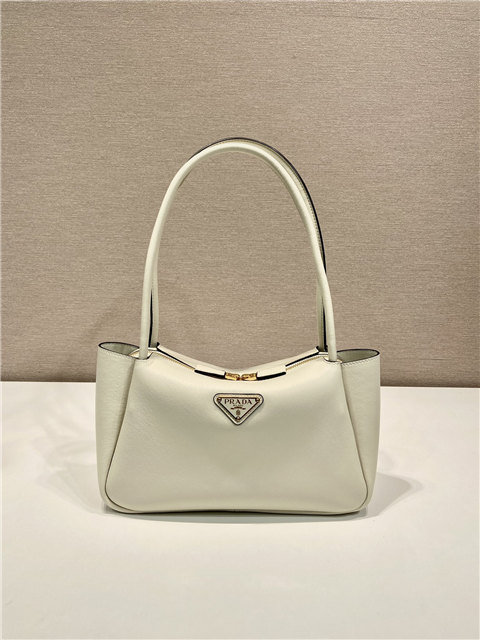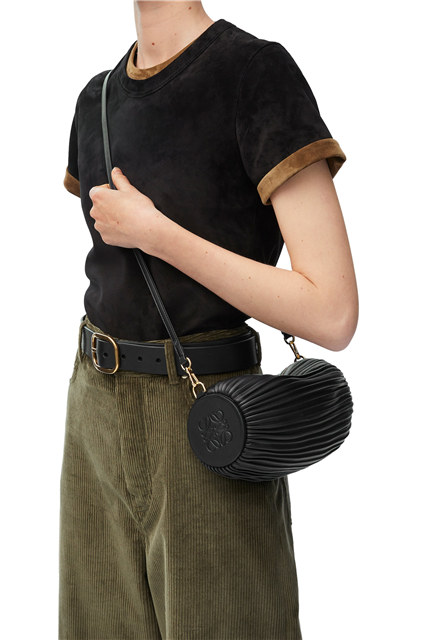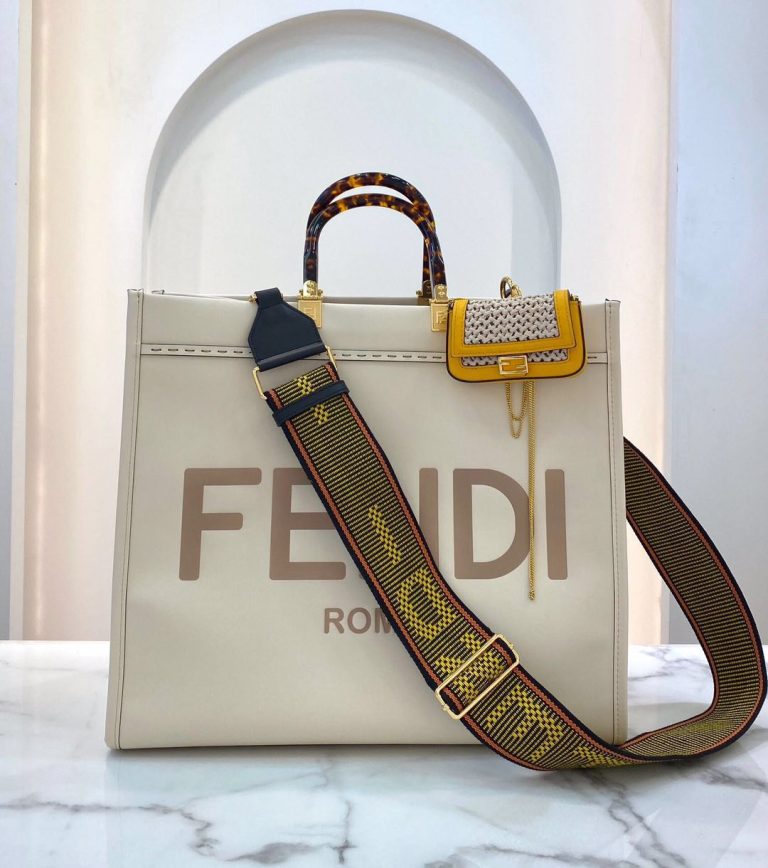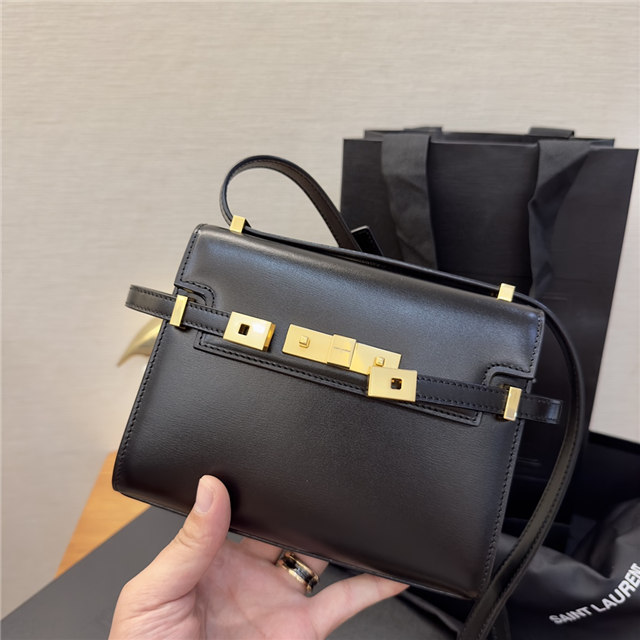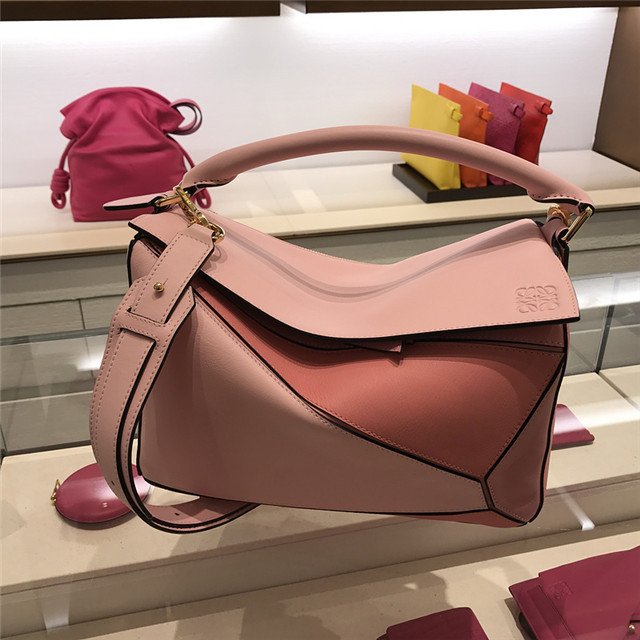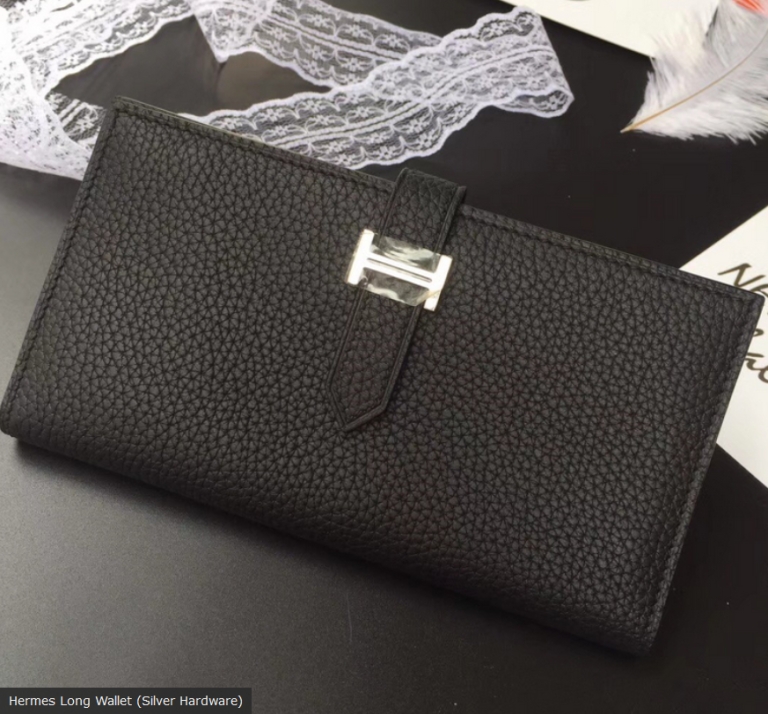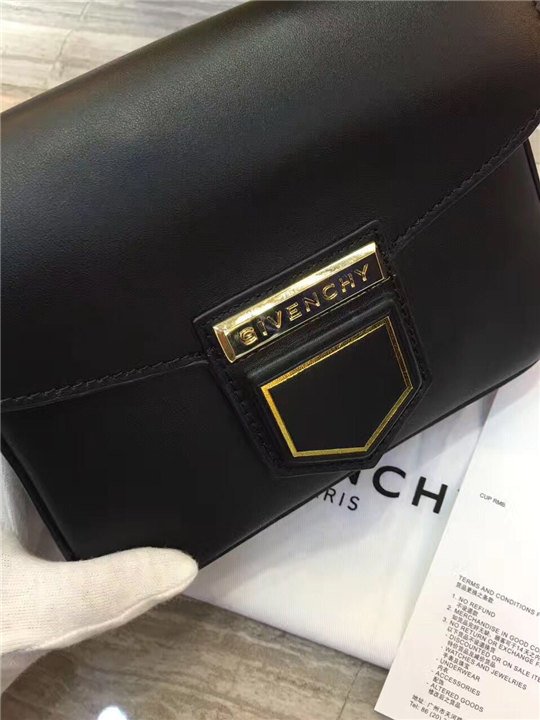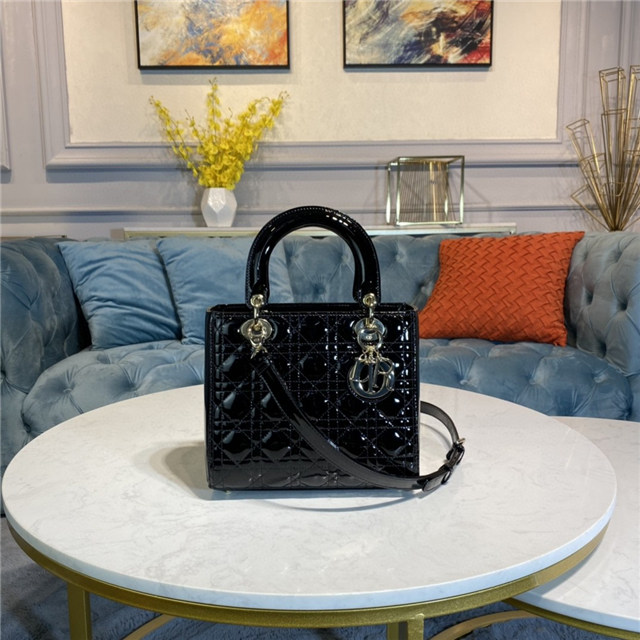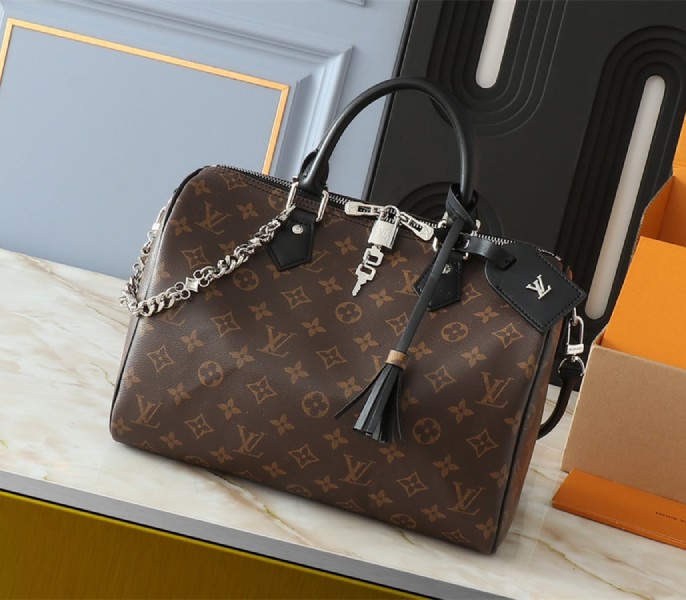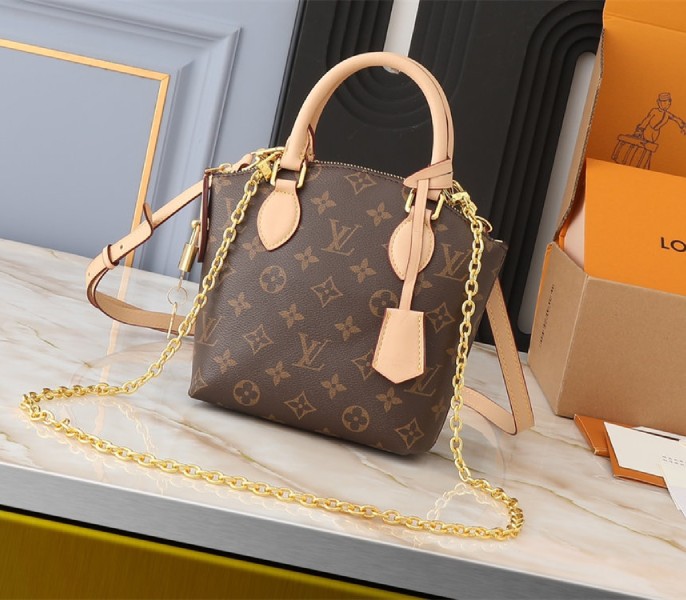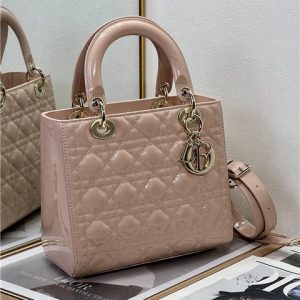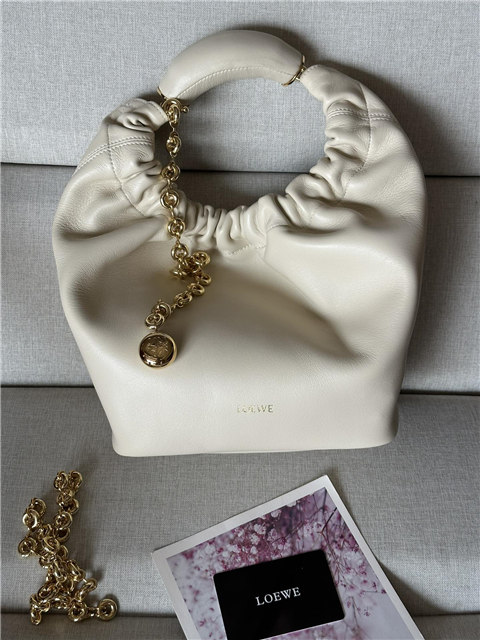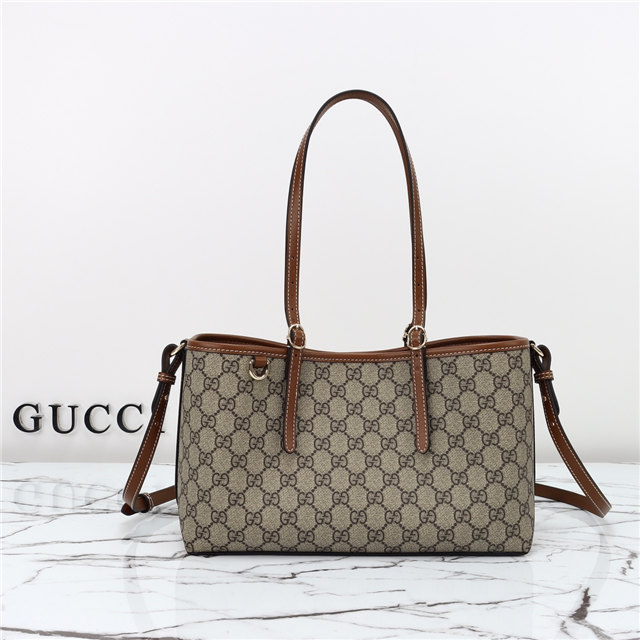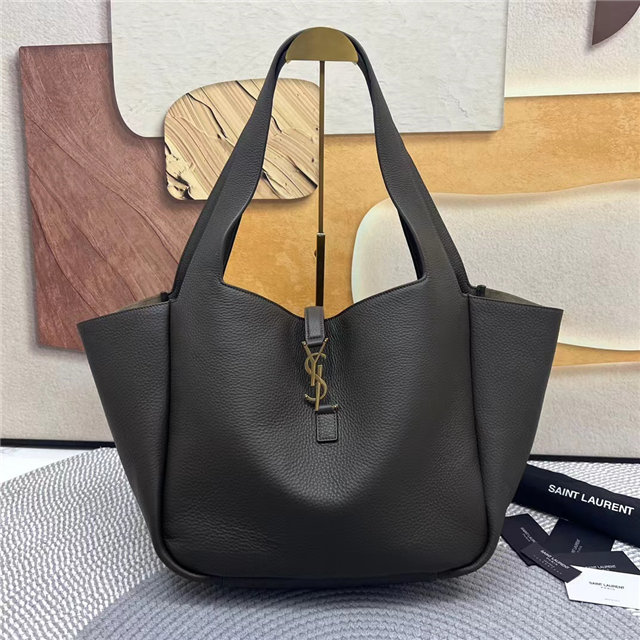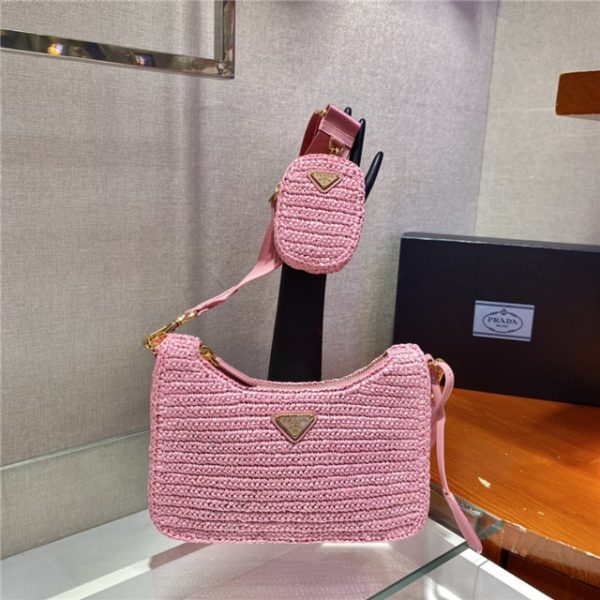First off, let’s be real. We’re talking *fake* Louis Vuitton. Not the real deal. The real ones? Those are built like tanks. Passed down through generations, heirlooms and all that jazz. But the fakes? That’s a whole different ballgame.
Now, I’m not gonna lie. Some fakes are… surprisingly good. I mean, not *good* good, like, fool-an-expert-good, but good enough that from a distance, you might think it’s legit. And sometimes, that’s all you’re really after, right? You just wanna look the part. No judgement here.
But back to the lasting power. See, the thing is, authentic Louis Vuitton uses high-quality metal for their hardware. They engrave it all fancy and precisely. The fakes? They use… well, let’s just say “less fancy” metal. Often cheaper, lighter, and prone to chipping or, ew, even rusting. So, that’s Strike One against longevity.
Also, the stitching! Oh, the stitching. Authentic LV is meticulous. Perfectly even, strong, basically flawless. They even test the bags multiple times, making sure everything is top-notch before they even ship them out the door. A fake? Well, you might see uneven stitches, loose threads, or, like, actual gaps. I’ve seen some *horror* shows, folks. That’s where you gotta be suspicious of any small sign of inconsistency. That’s a big red flag that it might be a fake and, therefore, not built to last.
And the label! The inside label! That’s a dead giveaway. Supposedly, it’s *never*… well, I’m not gonna tell you *exactly* what it’s never supposed to be, because I’m not trying to help the counterfeiters. But trust me, a quick Google search will reveal all. If the label is off, the whole bag is suspect.
Look, here’s the truth: you get what you pay for. A real Louis Vuitton is an investment (a *big* one, let’s be honest). A fake? It’s a gamble. You might get lucky and find one that holds up for a year or two. You might get one that falls apart at the seams (literally!) after a week. I mean, they’re not gonna be heirlooms, that’s for sure.

